View in gallery
Transforming Interiors | Space: we all need it and we all want a lot of it when it comes to our living arrangements. But as cities become more urbanized and more crowded, living spaces become smaller. Making the most out of a small apartment has become a real and constant challenge.
Fortunately for us mere mortals, many designers have mastered the art of transforming interiors that turn tiny living spaces into big, functional homes. Here is a rundown of modular transforming interiors that we all would want to live in.
Transforming Pop-Up House by TallerDE2 Architects
View in gallery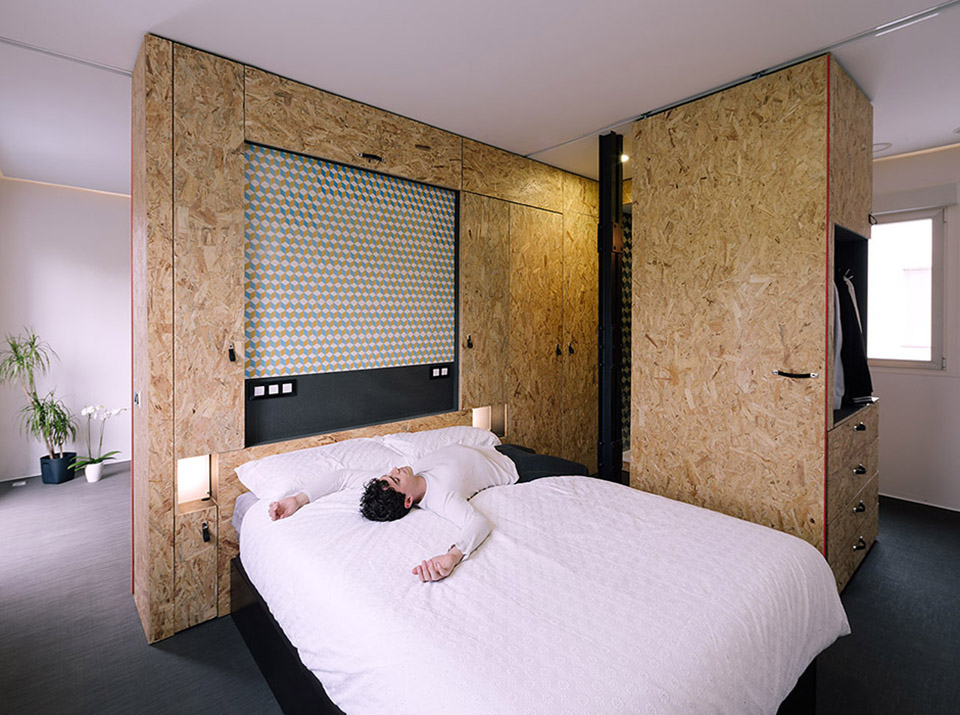
Imagine an apartment you can reconfigure in different ways by simply activating and deactivating individual parts of its infrastructure. The Pop-Up House by TallerDE2 Architects is designed as a one-person flat with panels that hide components and utilities, and partitions that can be moved around to form the inhabitant’s desired space. The 68.5 sqm flat is made up of 54 individual elements that can be opened, closed, unfolded and moved to create a flexible living space. These individual elements can be opened up to reveal windows, shelves, and storage spaces; pulled down to create table tops; or moved to create rooms or expand the transforming interior space.
Pop-Up House by TallerDE2 Architects | Gallery
View in gallery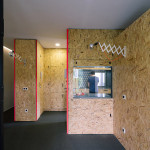 View in gallery
View in gallery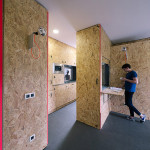 View in gallery
View in gallery
Lego Apartment by Barbara Appolloni Architect
View in gallery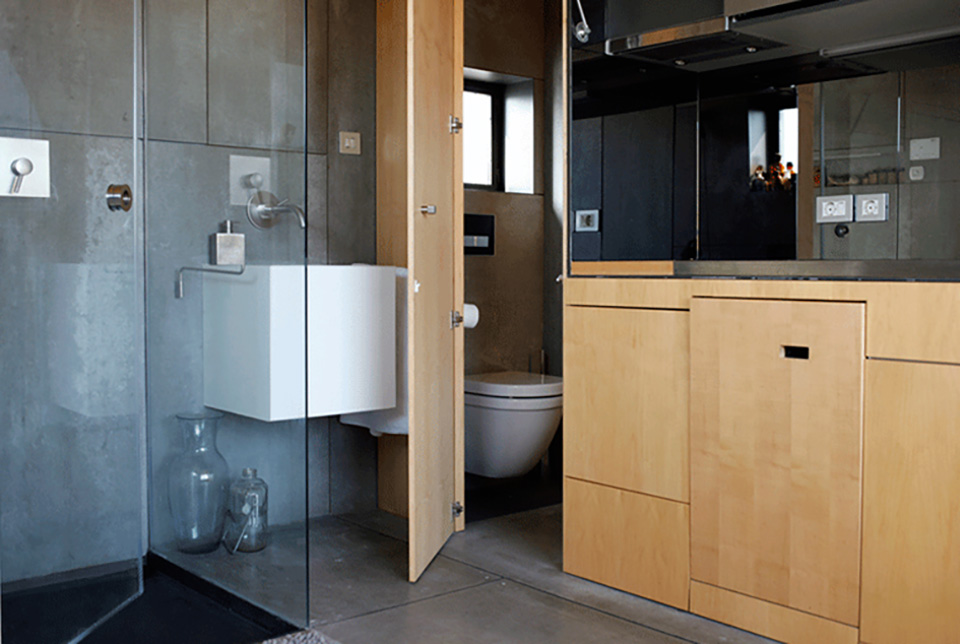
Lego bricks are designed to fit perfectly with their fellow bricks. In the same way, the Lego Apartment by Spanish architect Barbara Appolloni is made up of pieces designed to fit perfectly together. It’s a perfect analogy to transforming interiors. Located on the rooftop of a narrow building in Barcelona, the 24 sqm transforming apartment is inspired by boat interiors and Japanese minimalism. The apartment has walls that hide everything but the shower and the sink. The toilet, kitchen, dining table, closet, and bed are all hidden in the walls, and can be easily accessed by opening or pulling out panels.
Lego Apartment by Barbara Appolloni Architect | Gallery
View in gallery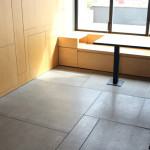 View in gallery
View in gallery View in gallery
View in gallery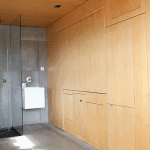
Transforming Interiors by MIT Media Labs
View in gallery
Developed by MIT Media Labs, the MIT CityHome is a gesture-controlled house within a box. It is literally an entire apartment packed into a mechanical box that is roughly the size of a closet. The box houses a bed, dining table, kitchen surface, cooking range, closet, and storage spaces. Any of these domestic components can be accessed via gesture, touch or voice control. According to its creators, the CityHome is designed to make any tiny apartment space “more livable.”
MIT CityHome by MIT Media Labs | Gallery
View in gallery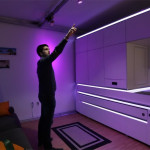 View in gallery
View in gallery View in gallery
View in gallery
Transforming Interior Design Framework by PKMN Architectures
View in gallery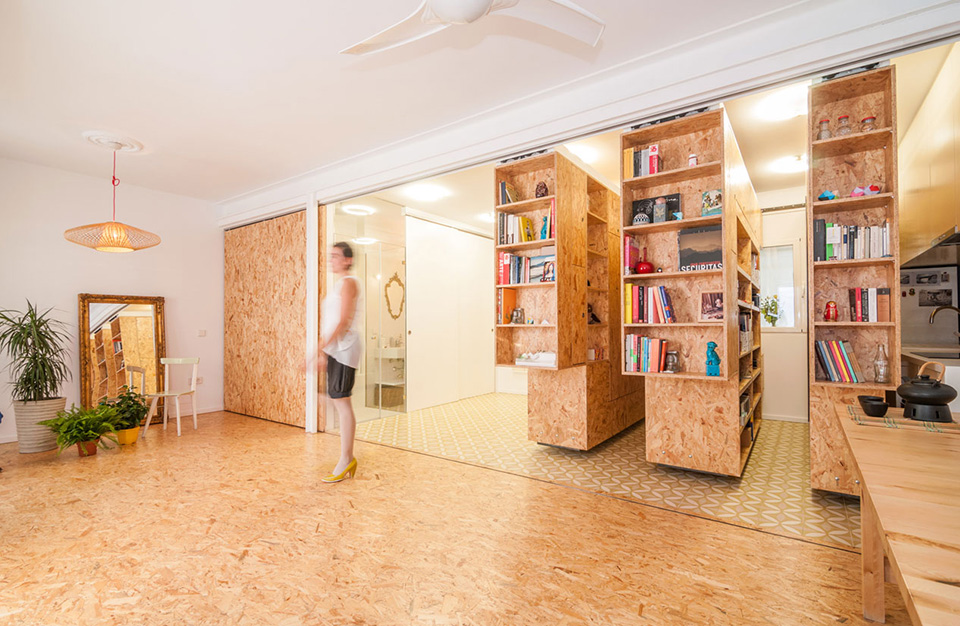
Mobile, transformable stacks suspended from a rail system make the All I Own House by PKMN Architectures as flexible and adaptable as any small apartment can be. The wooden stacks serve as storage containers and partitions, and the residents of this transforming apartment can move them around to create the room or space they need. Only the plumbing and appliances are static. The transforming apartment also includes a small space outside of the movable elements to create an illusion of extended space.
All I Own House by PKMN Architectures | Gallery
View in gallery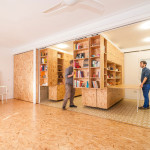 View in gallery
View in gallery View in gallery
View in gallery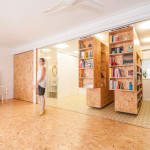
Transforming Artists Studio by Ranaan Stern
View in gallery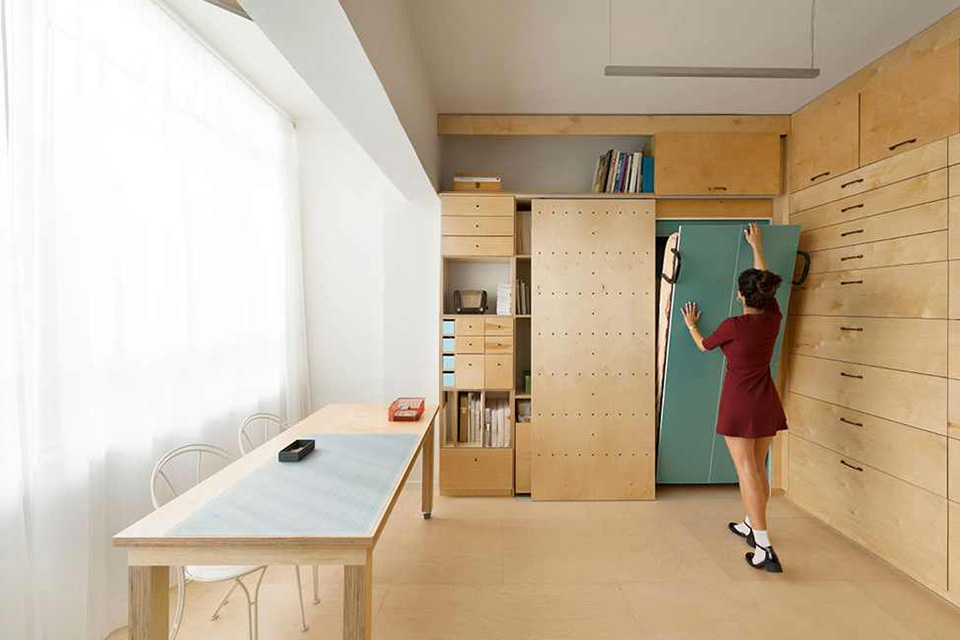
Israeli architect Ranaan Stern transformed a 15 square meter room into a living and working space by incorporating several drawers and storage units of different sizes and configurations into the room. The Space Saving Modular Studio houses two desks, peg board display walls, shelves, 36 drawers, modular storage compartments, and a bed tucked away into the wall. The tiny room can be used as an organized working studio or a comfortable guest room.
Space Saving Modular Studio by Ranaan Stern | Gallery
View in gallery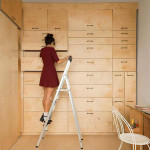 View in gallery
View in gallery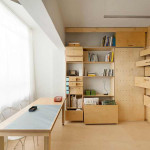 View in gallery
View in gallery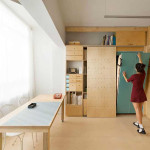
Transforming Apartment Design by Vlad Mishin
View in gallery
The Transformer Apartment by Russian designer Vlad Mishin utilizes blocks that rotate or fold to define the borders of space within the 60 square meter apartment. The apartment is separated by a wall structure, one end of which is composed of transforming blocks that reveal a TV and storage space and opens up to the bedroom. The main section of the wall hides away the kitchen equipment, the refrigerator, and the bathroom door.
Transformer Apartment by Vlad Mishin | Gallery
View in gallery View in gallery
View in gallery View in gallery
View in gallery
Transforming Interior Design: Wall into Open Seating Layout
View in gallery
Clive Wilkinson Architects used modular systems that function as architecture and furniture in the design of the Disney Store Headquarters in Pasadena, California. Some of the dual-function elements of the design include a 20-person Block Conference Room that has two walls made of foam blocks. The wall of foam blocks can be disassembled to serve as a 200-person seating system for company-wide meetings. Another element is a honeycomb structure that forms a second conference room and also serves as product display shelves.
Disney Store Headquarters by Clive Wilkinson Architects | Gallery
View in gallery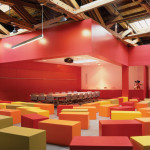 View in gallery
View in gallery View in gallery
View in gallery
Transforming Home/Office Design by Yuko Shibata
View in gallery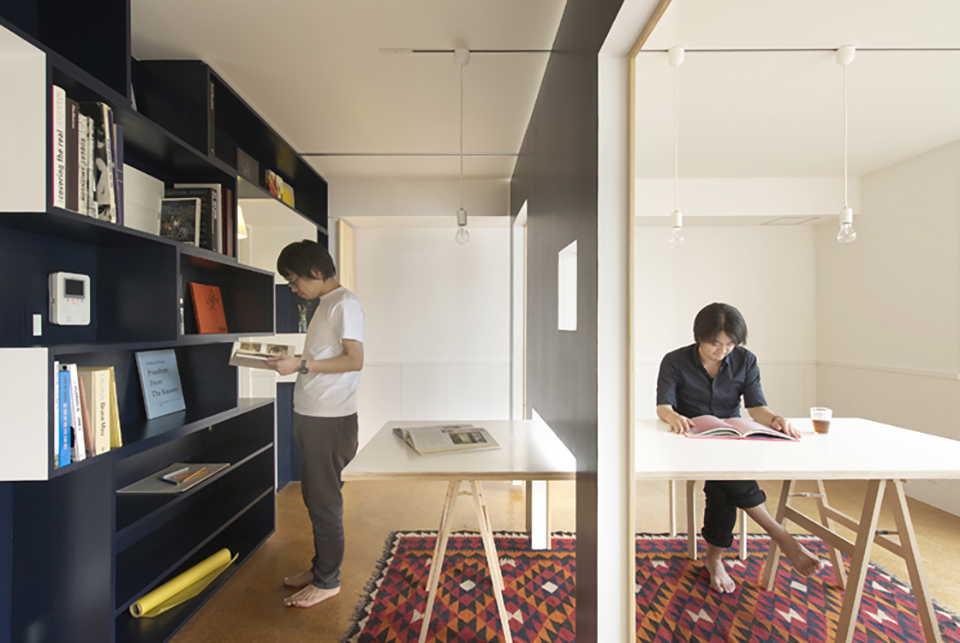
Japanese designer Yuko Shibata transformed a residential space into a home office by adding a mobile wall and two bookshelves with large doors that allow the inhabitants to switch from “home” to “office” without changing the original floor plan. In the project, called Switch, a mobile wall slides over the dining table to create a meeting room and a library, both sharing the same table. A bookshelf in the bedroom area becomes a partition between the bedroom and the study area to create a larger working space while keeping the bedroom private.
Switch/Yuko Shibata Office by Yuko Shibata | Gallery
View in gallery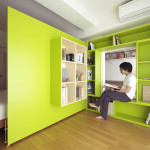 View in gallery
View in gallery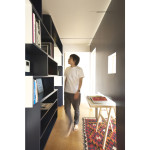 View in gallery
View in gallery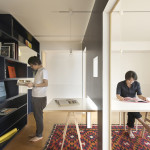
Transforming Interior System by Studio_01
View in gallery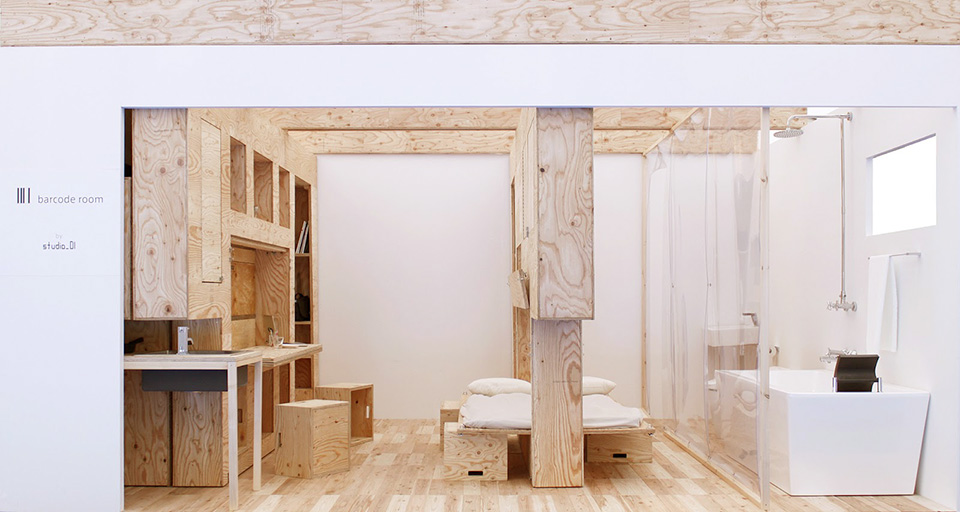
The winner of a design competition, the Barcode Room by Studio_01 is a concept studio apartment consisting of furniture-walls that can be moved and combined to create different room configurations. A furniture-wall or bar hides a specific component, like a closet, table, or chair that can be pulled out or unfolded as needed. Users have 12 types of bar components to choose from and they can use their own combinations to create the room or space they need. Different combinations of bars result to different rooms and layouts. The bars can be used to configure a new apartment or added to an existing apartment.
Barcode Room by Studio_01 | Gallery
View in gallery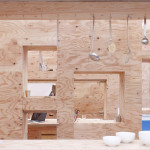 View in gallery
View in gallery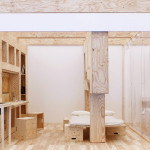 View in gallery
View in gallery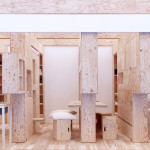
Transforming Apartment Design by Gary Chang
View in gallery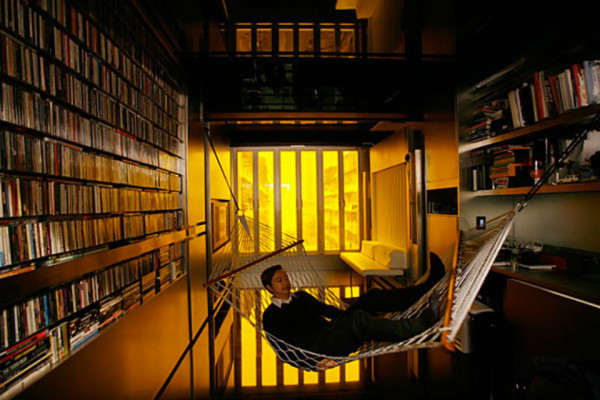
Hong Kong-based architect Gary Chang’s 32 sqm apartment transforms into 24 different designs. The apartment, which was the architect’s childhood home since he was 14, has furniture that can be folded or hidden away and walls that move on tracks to create different configurations and rooms, including a large kitchen, living room, dining room, guest room, laundry room, library, and even a full spa. Not only that, some of the mechanical systems of the apartment can be controlled via smartphone.
Domestic Transformer by Gary Chang | Gallery
View in gallery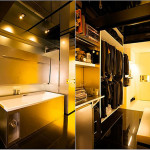 View in gallery
View in gallery View in gallery
View in gallery
– – – – – – – – – –
These transforming interiors show that good design can make small spaces look and feel big. Do you know of any transforming interior designs that should be included in this list? Hit us up on Facebook or Twitter, or leave a comment below!

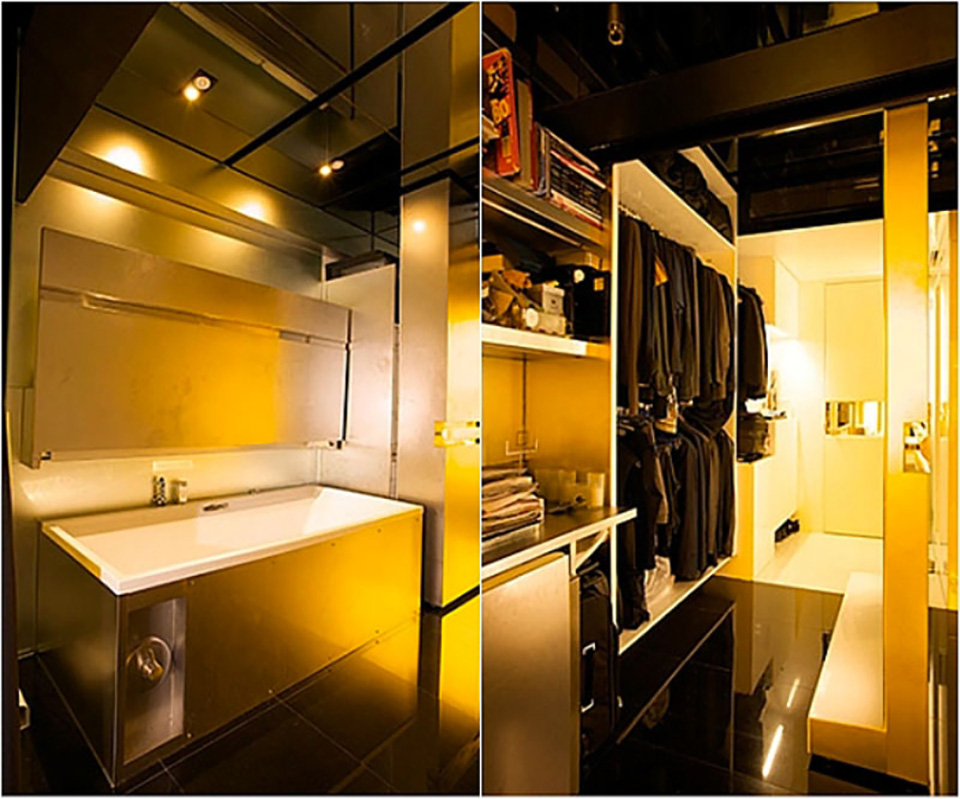


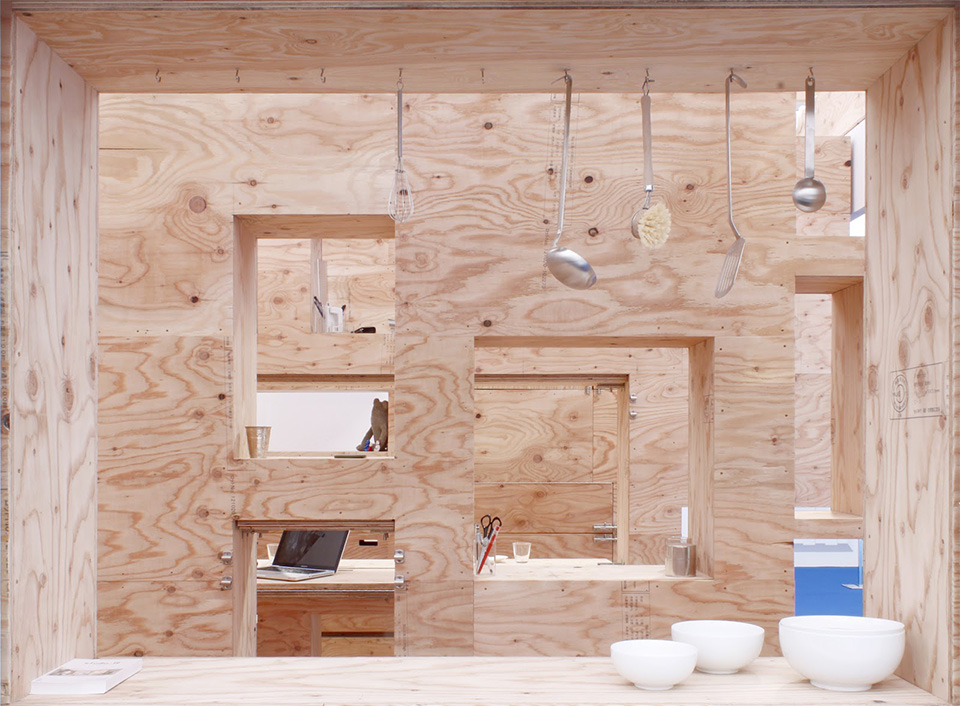
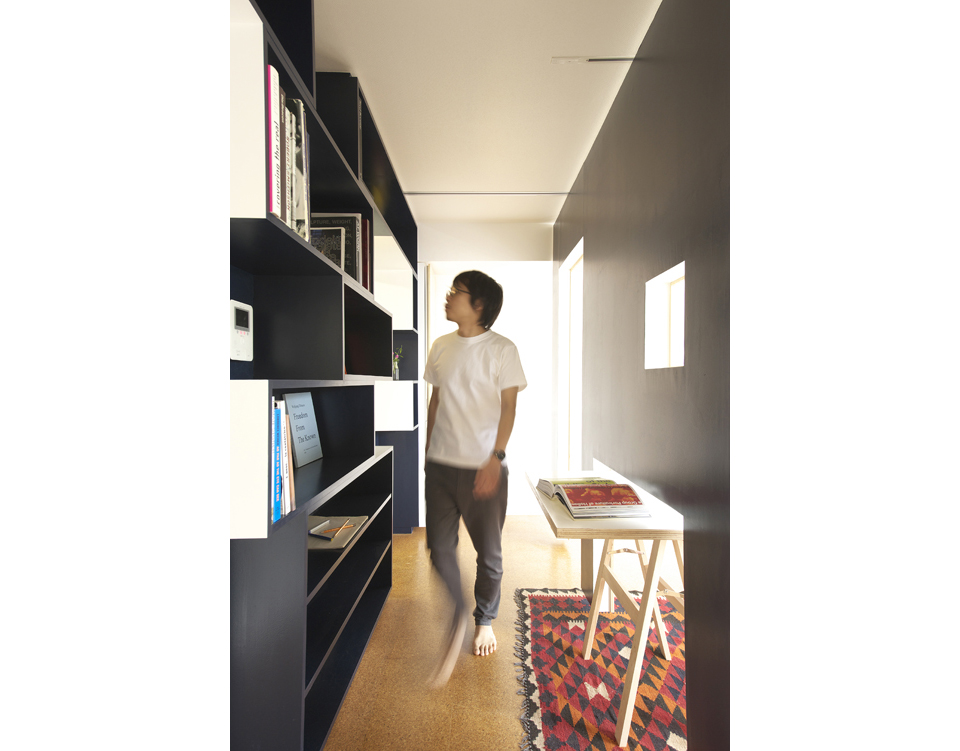
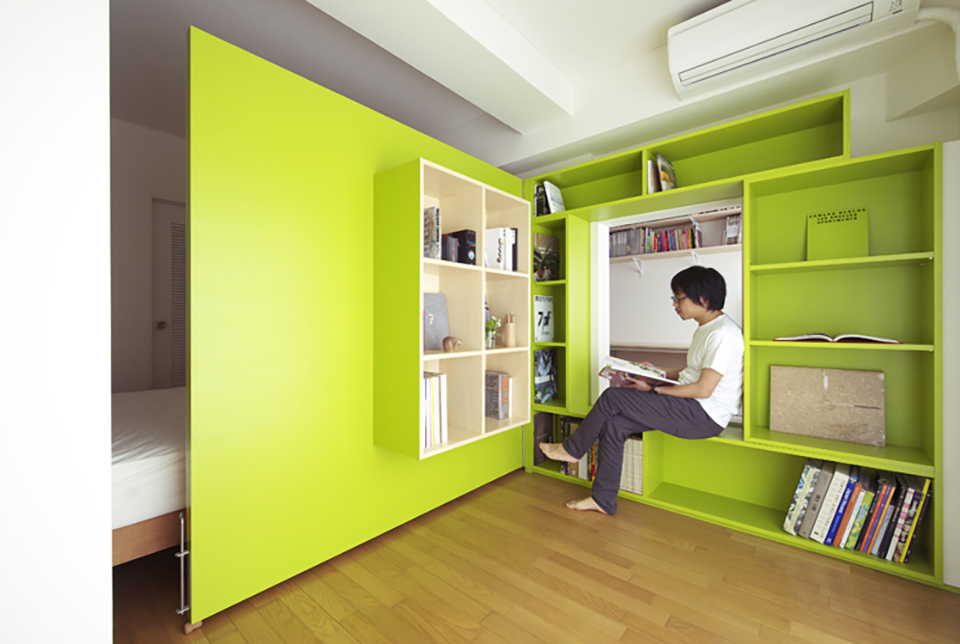

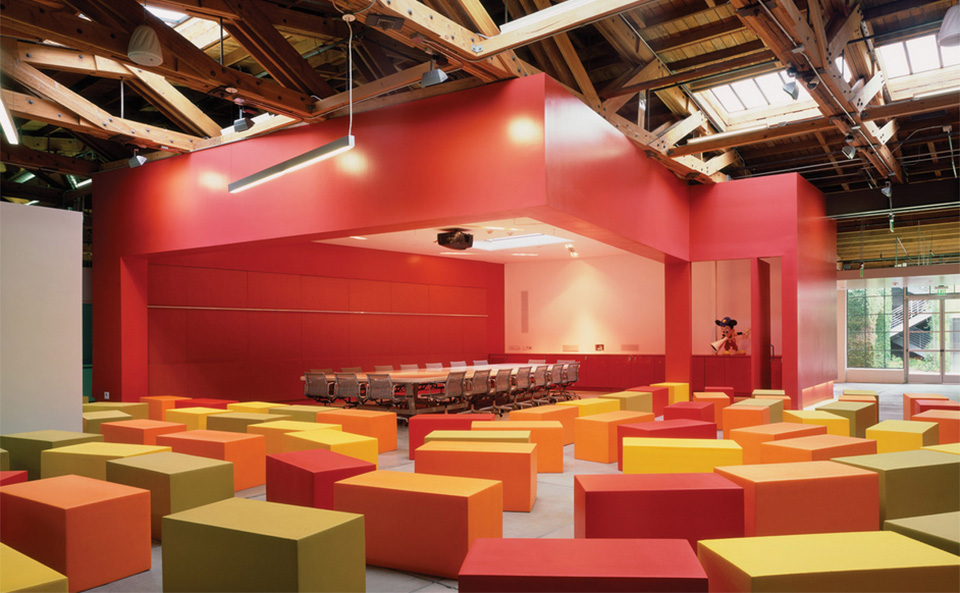



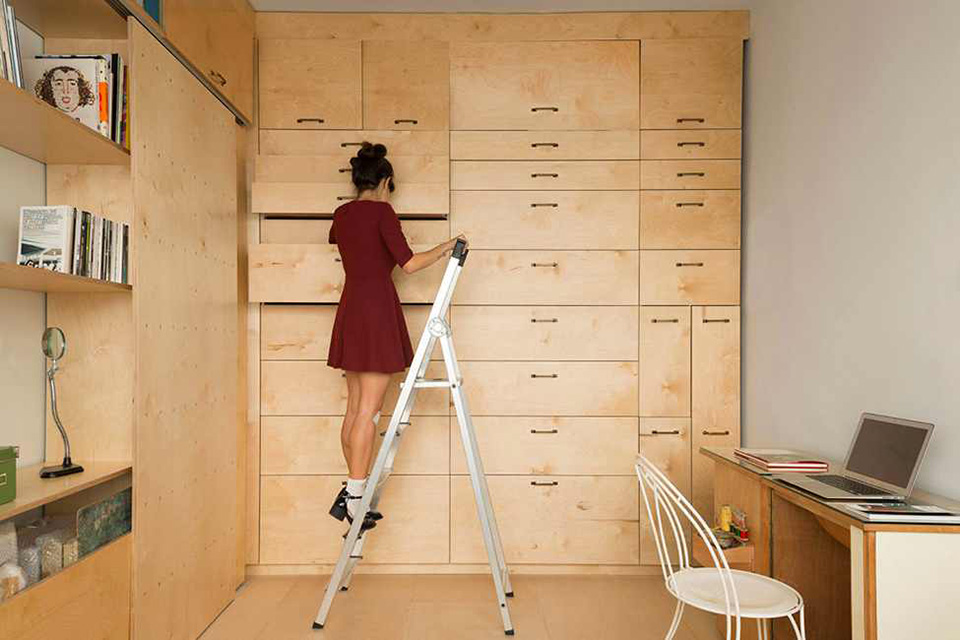
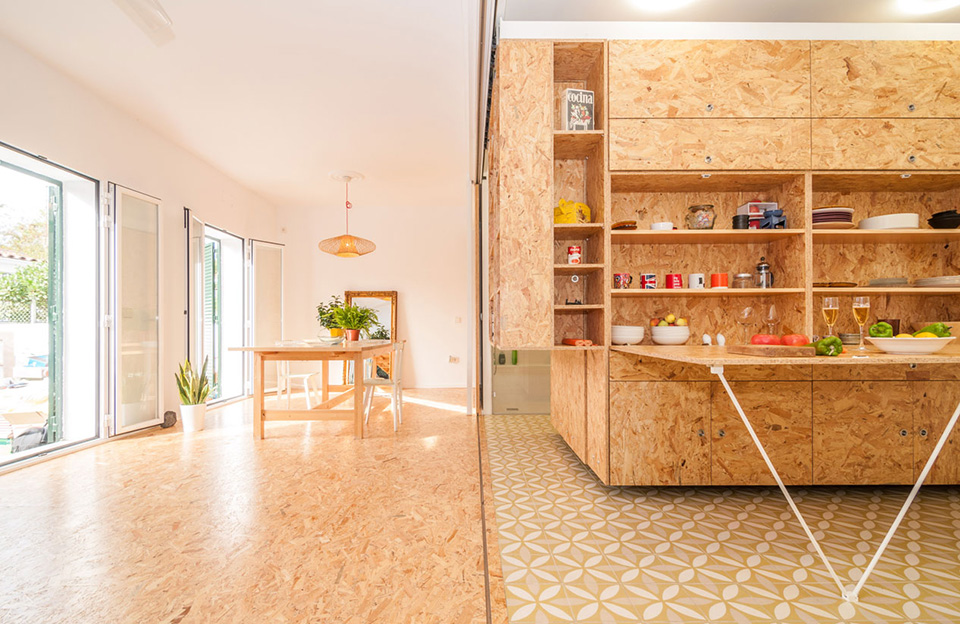


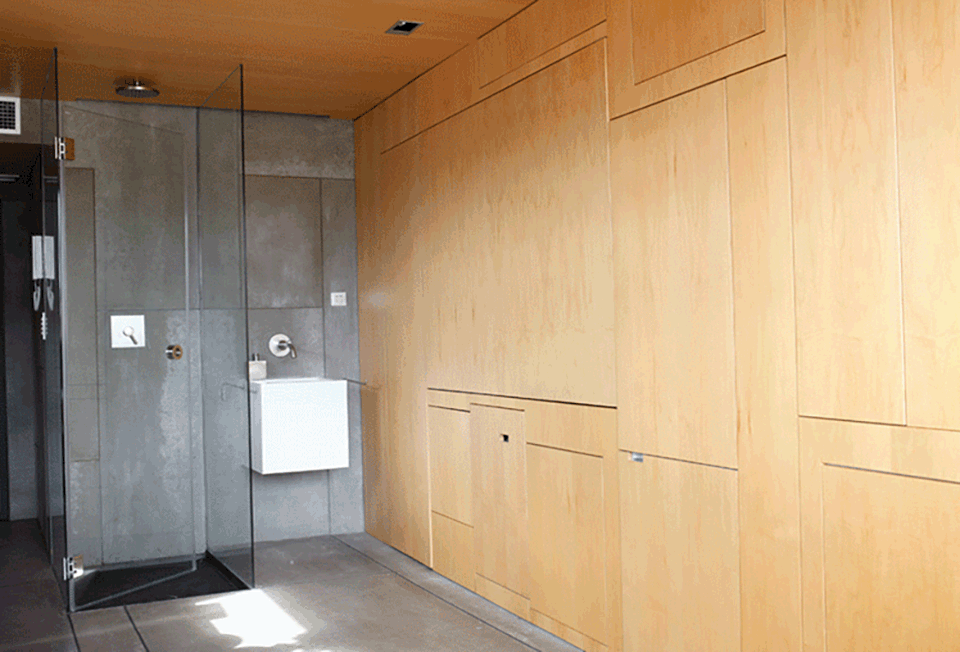
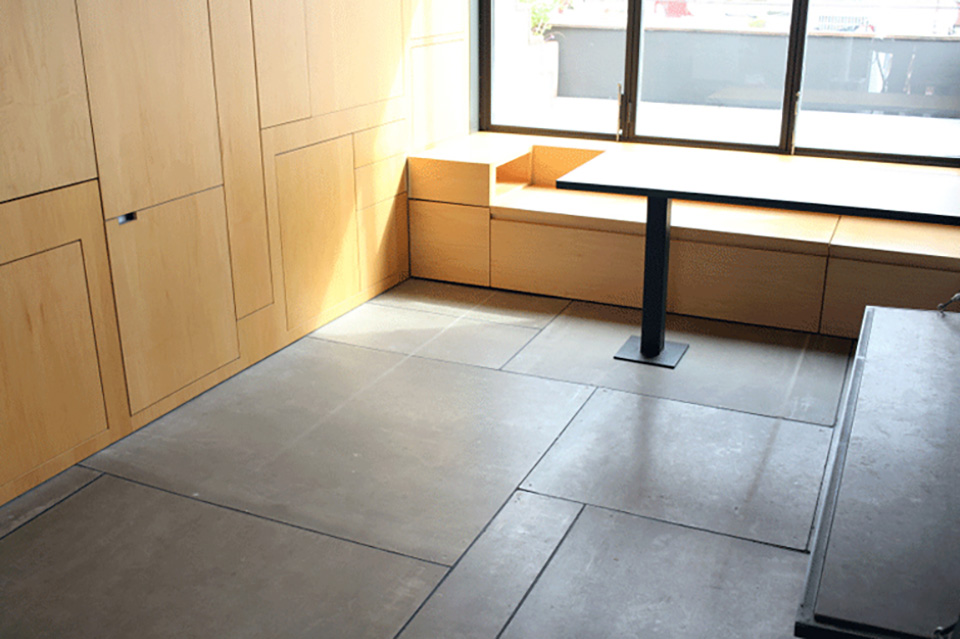
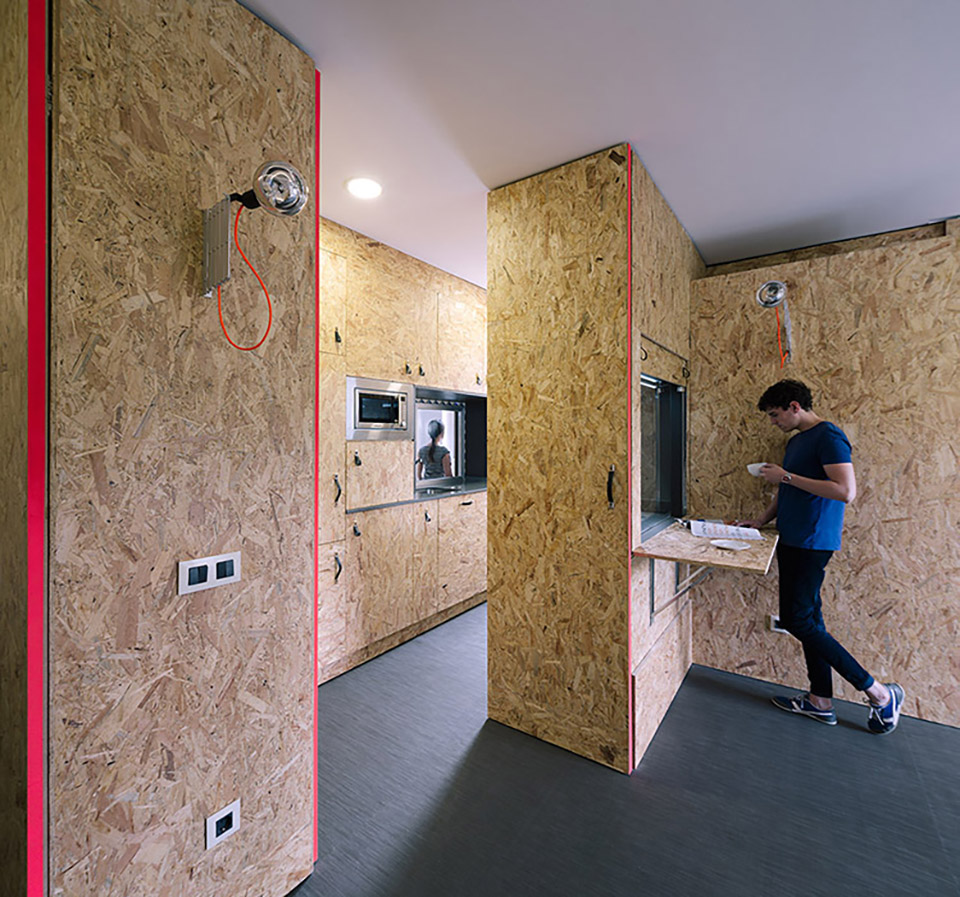
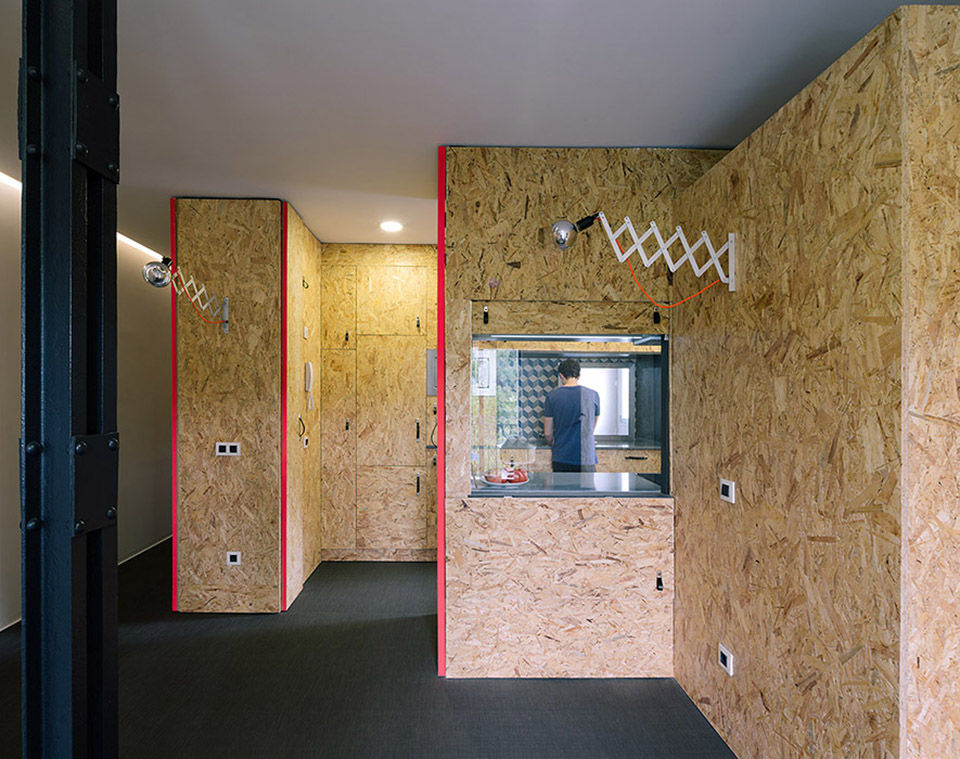





I’ve actually seen about half of these on Kirsten Dirksen’s channel. It’s amazing to think about, but these don’t make small spaces look big, and that’s exactly what’s awesome: they make those spaces look just right. Once you’re hooked on these, bigger spaces look wasted.
excellent morphitecture! I hope that there will be more solutions like this so all people can live comfortably in dense populated areas. Solutions like this should be mass producable. And what about kitchens? And living space for seniors? I think adjustable kitchens like https://www.eigo.ch should also be integrated. There are a lot of exciting products out there. Moley might be a bit far out but if architects would demand more such solutions we all would benefit.
One more thing: regulations. Moving things can be seen as dangerous. Children might harm them selves when sticking fingers between moving parts. There need to be answers to these questions before transforming furniture and interior design can be adopted by the masses. I am very astonished that no one questions a simple door, as there are lots of places to stick fingers in ;) Anyway I really hope that there will be more of transforming interiors soon also for me getting older and older.